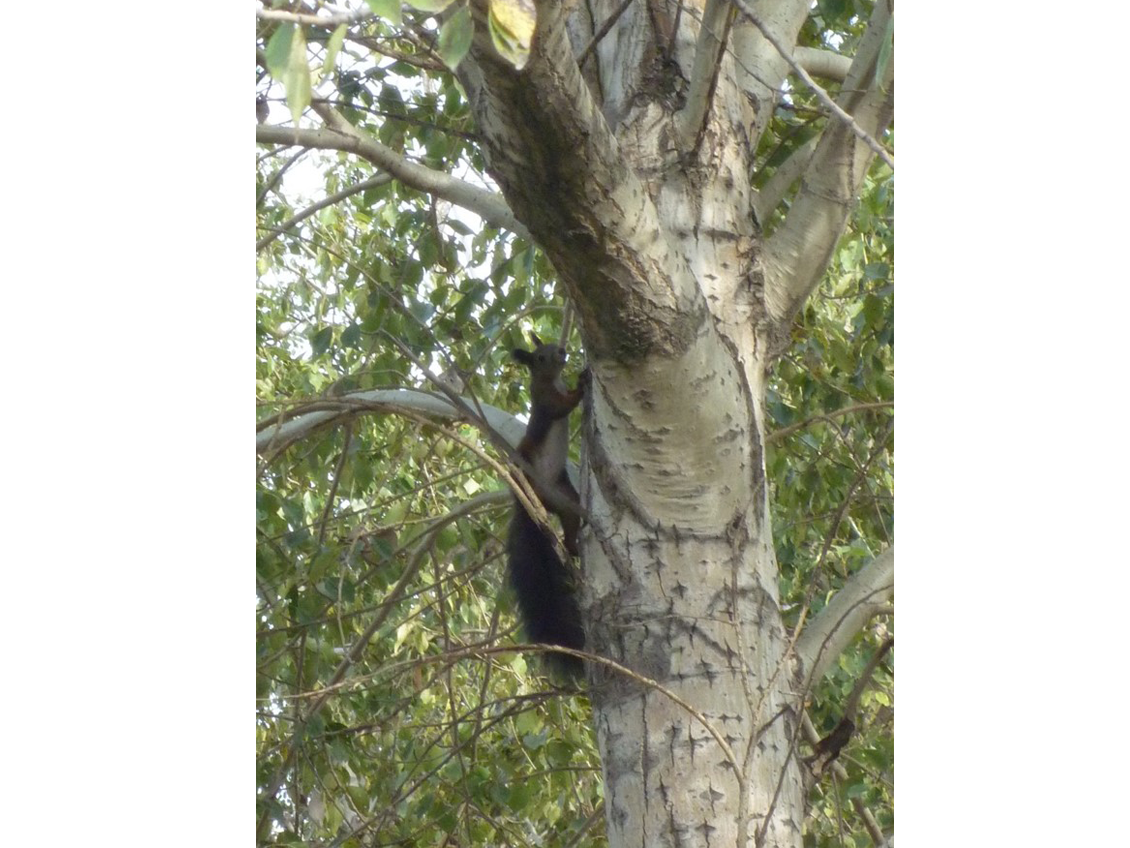Our Trees Plantation Progress
In 2001, inspired by the company’s commitment to environmental sustainability, one employee suggested that Timberland play a role in reforesting the Horqin Desert to help tackle the root cause of the sandstorms in her home country of Japan. As a result, Timberland formed a partnership with Green Network, a Japan-based non-profit organization.
In 2010, we fulfilled our initial pledge to plant 1 million trees in the Horqin Desert in an area of 434 hectares. By 2012, our project has led to 1,444,470 trees being planted in the region.
In 2015, we reached our second milestone and planted our 2 millionth tree.
As of 2018, The Timberland Forest consists of 2.6 million trees, covering an area of 846 hectares.
We want our effort to benefit the sustainability of the Horqin Desert in the long-term. To protect the newly planted shrubs from nature’s elements, we have also planted poplar trees in the nearby districts; a tree commonly used as a windbreak to protect against wind erosion.
Horqin Reforestation Results
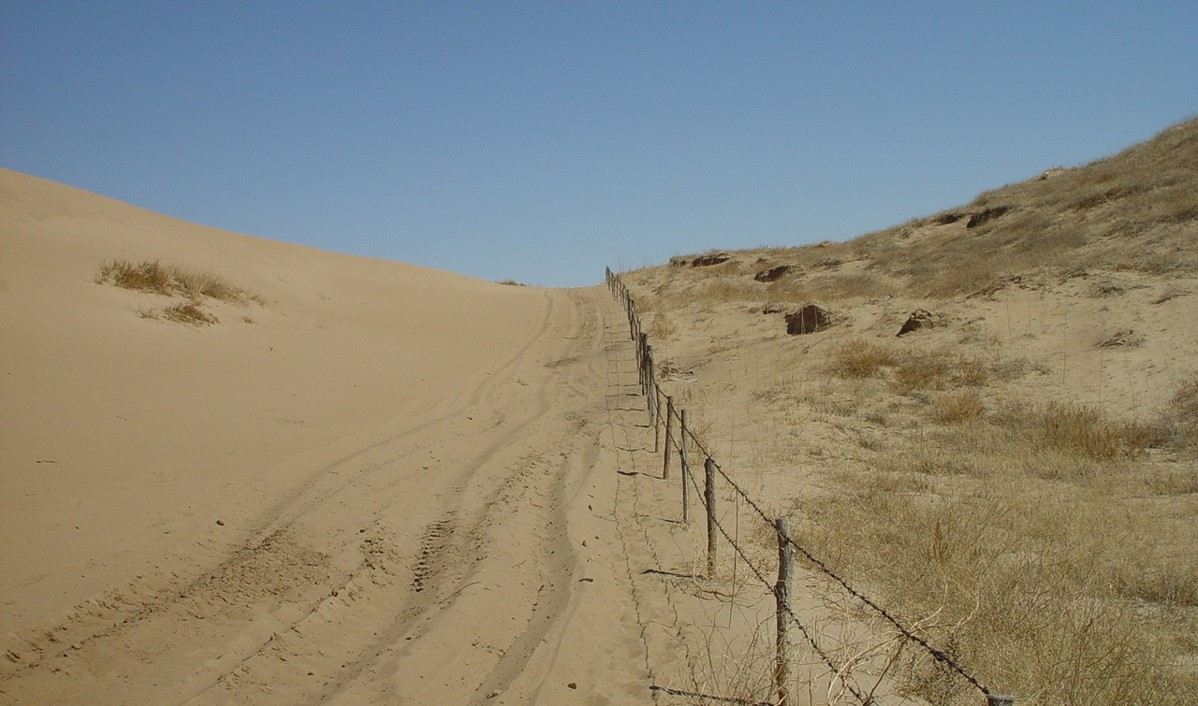
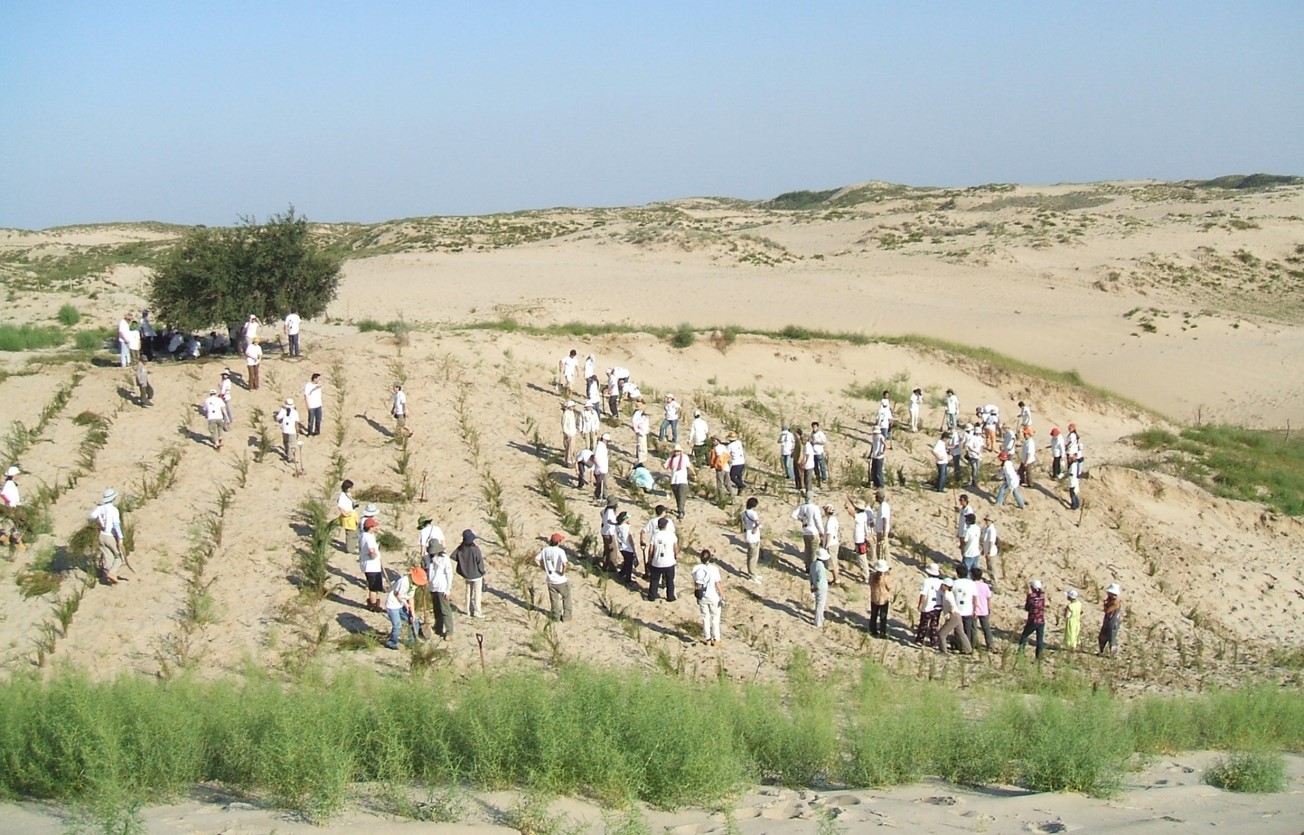
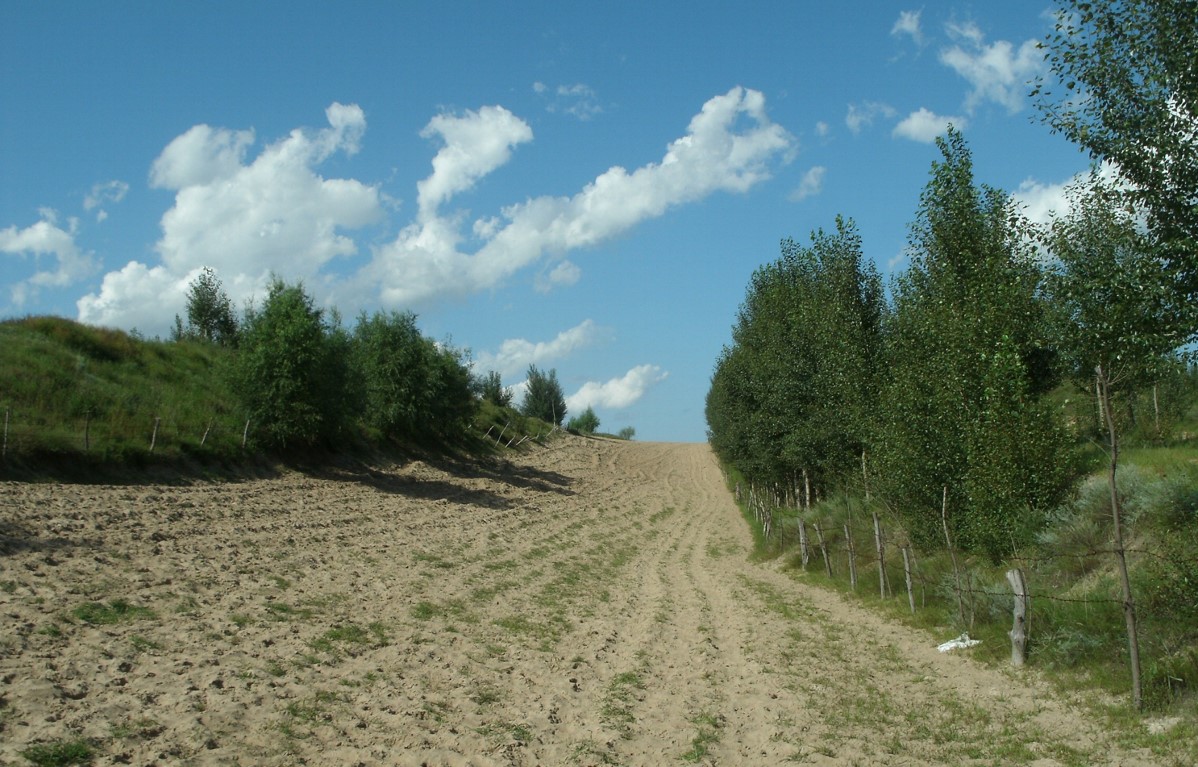
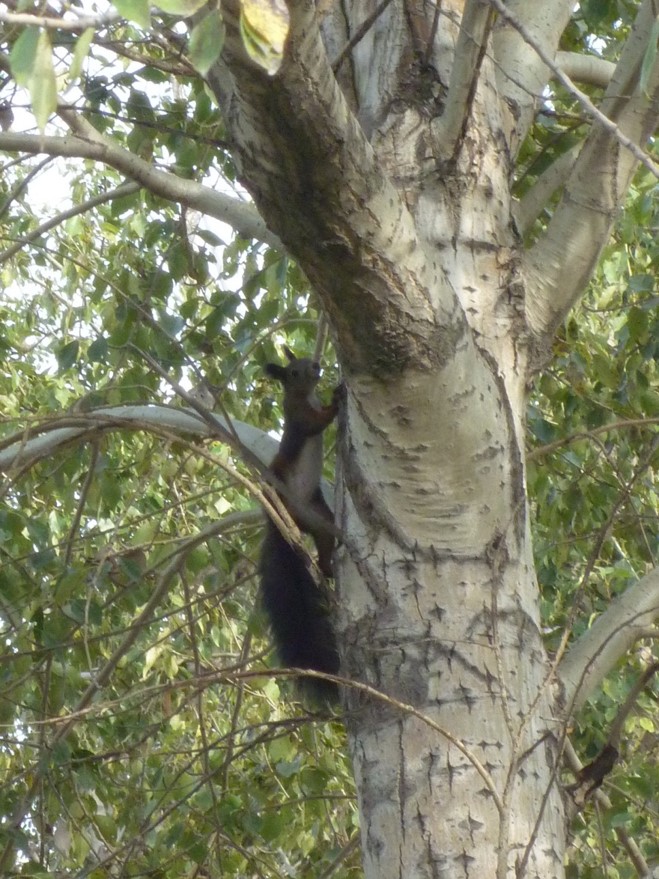
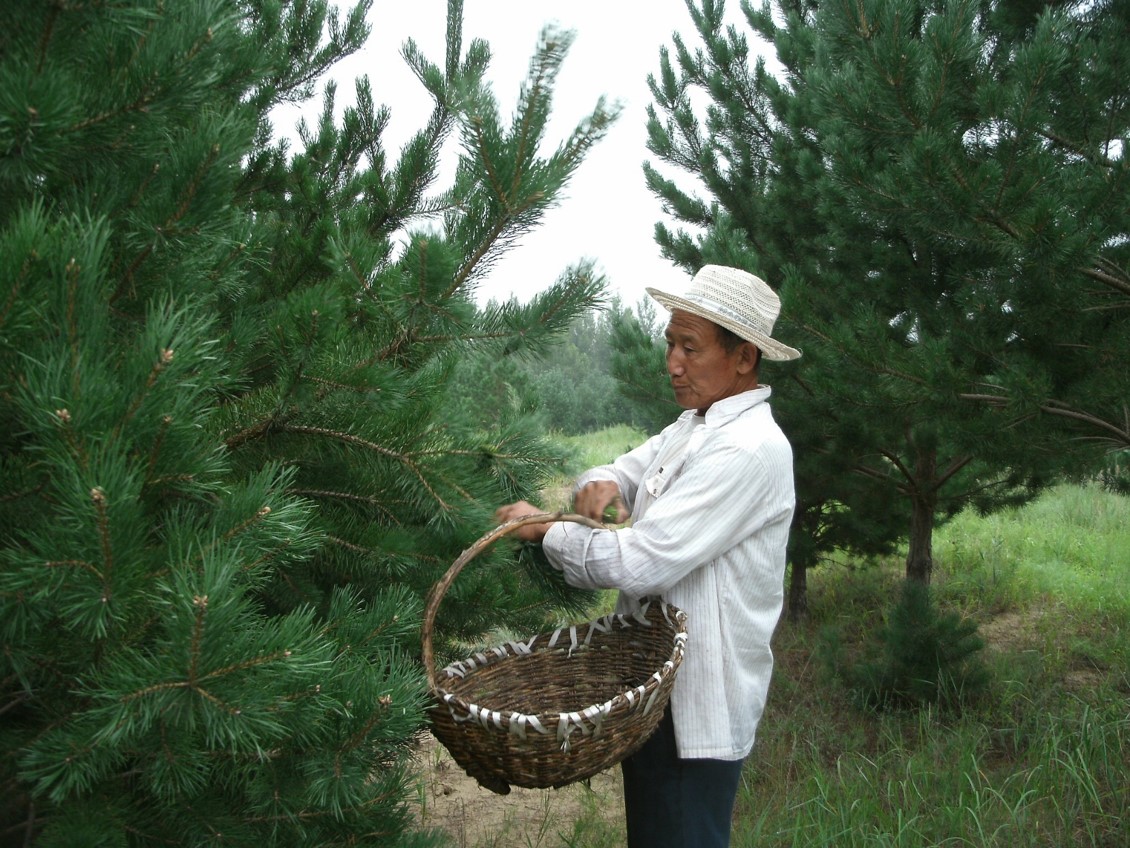
Impact on the nearby region and local residents

Our efforts help not only to stabilize the land and allow a slow but promising recovery of the grasslands, but also reduce the impact of sandstorms blowing into the rest other Asian regions including China, Japan, Taiwan and Korea.
Besides tree planting, we have participated in various community activities within the region. We are engaged in educating the villagers on the benefits of tree planting, and how to protect newly planted shrubs from cattle grazing. After all, we are committed to both turning the Horqin Desert back to grassland and helping local villagers in sustaining it.
The Horqin Desert project is just a part of our worldwide tree planting initiatives. Overall, our reforestation efforts will include planting another 5 million trees world wide in the next 5 years.


